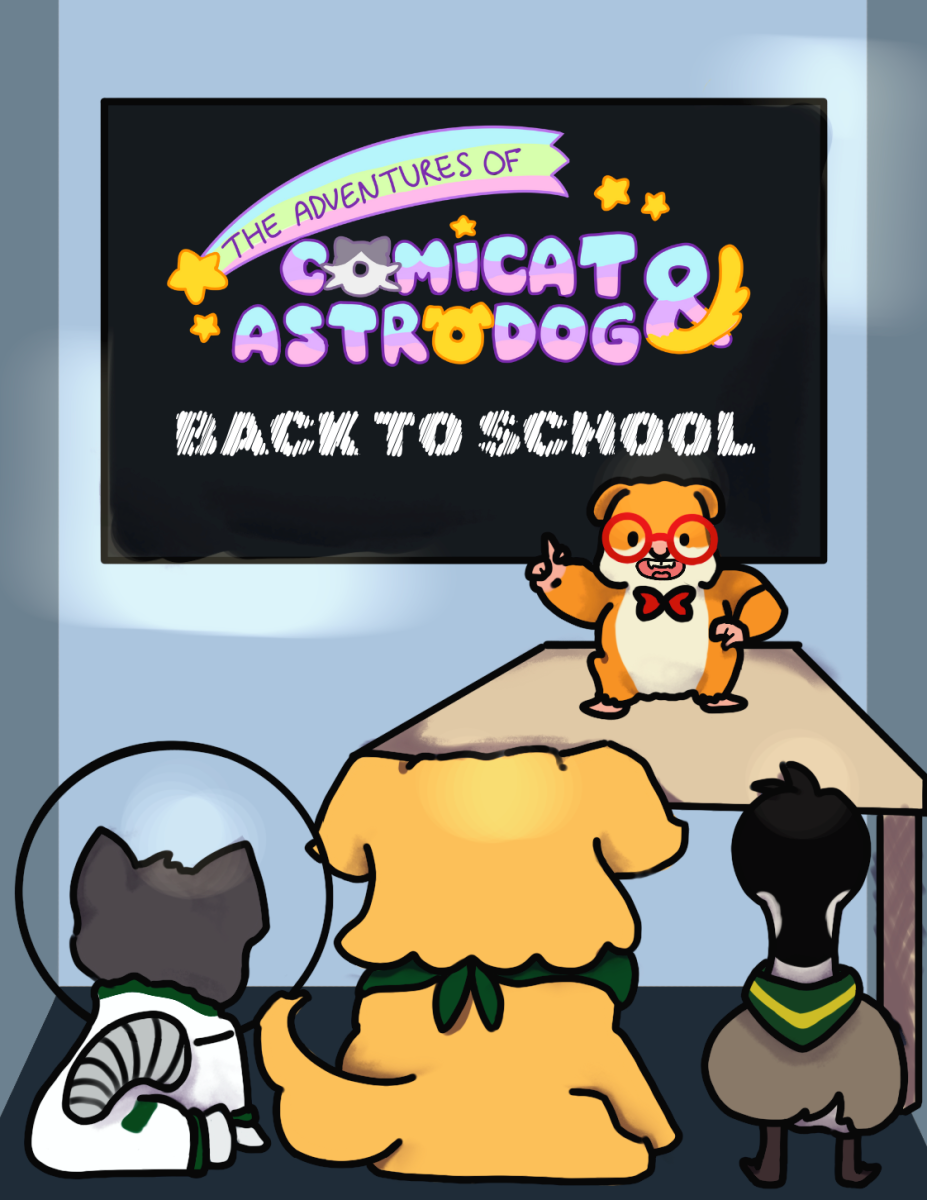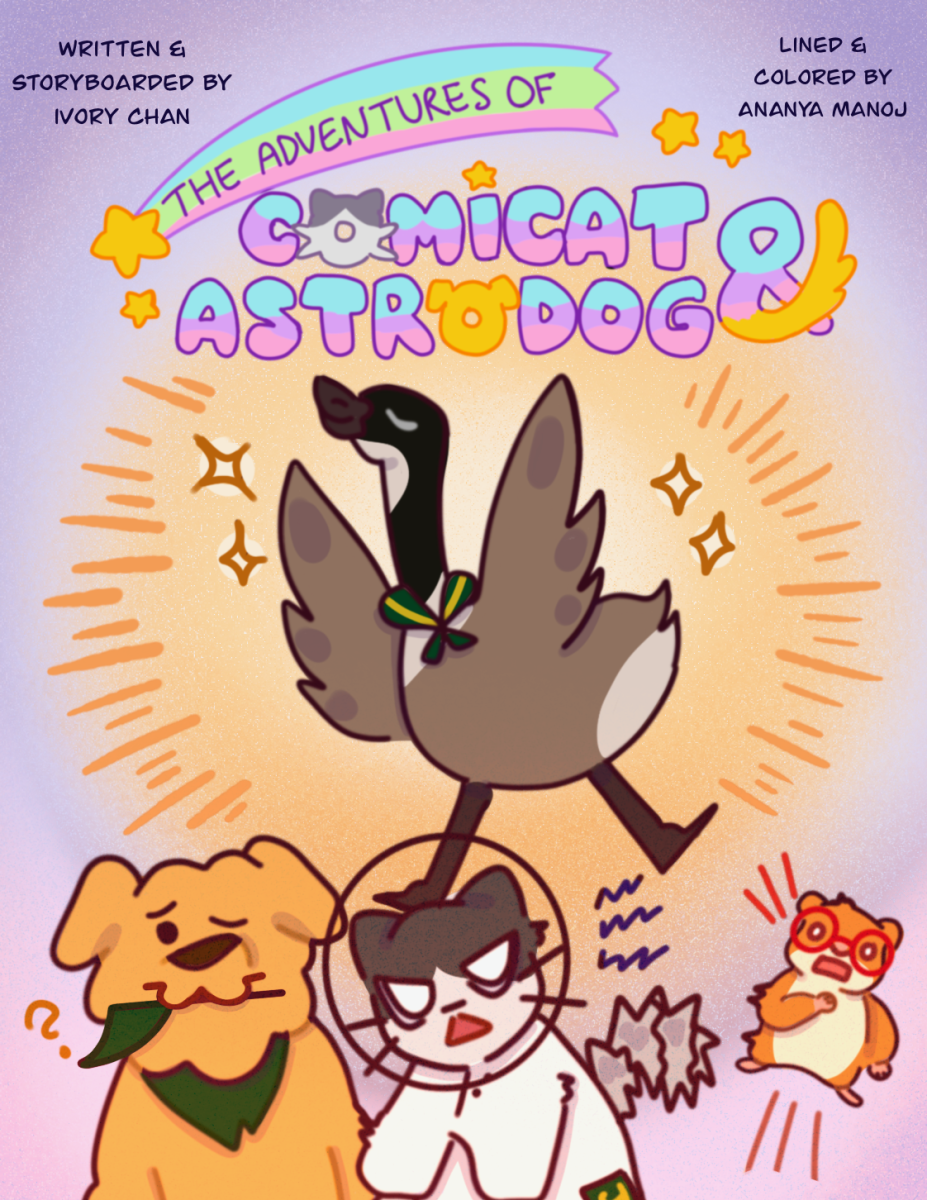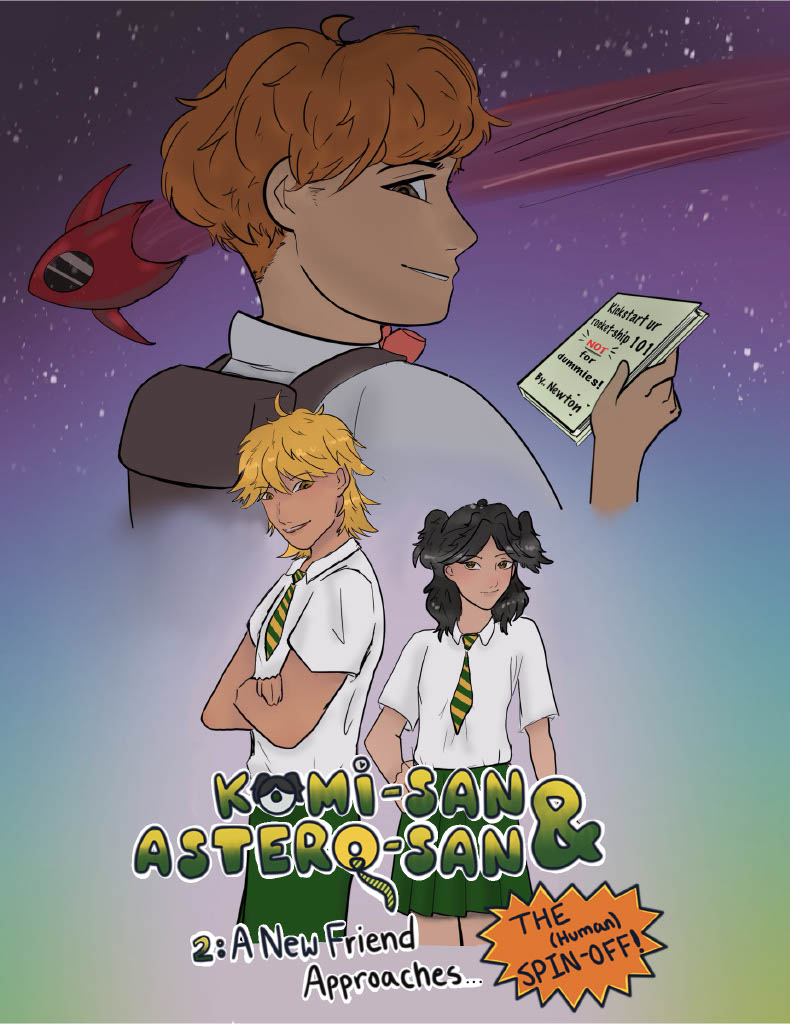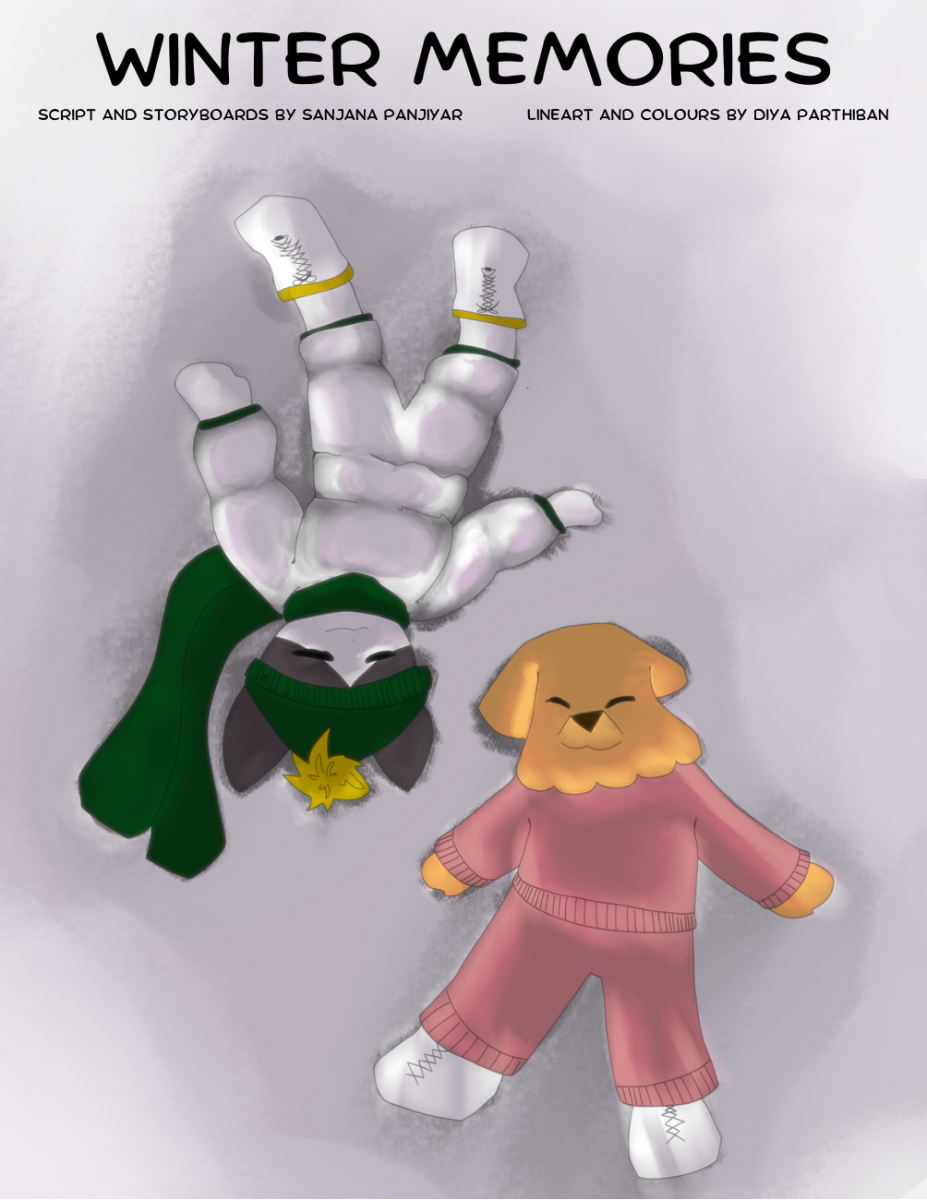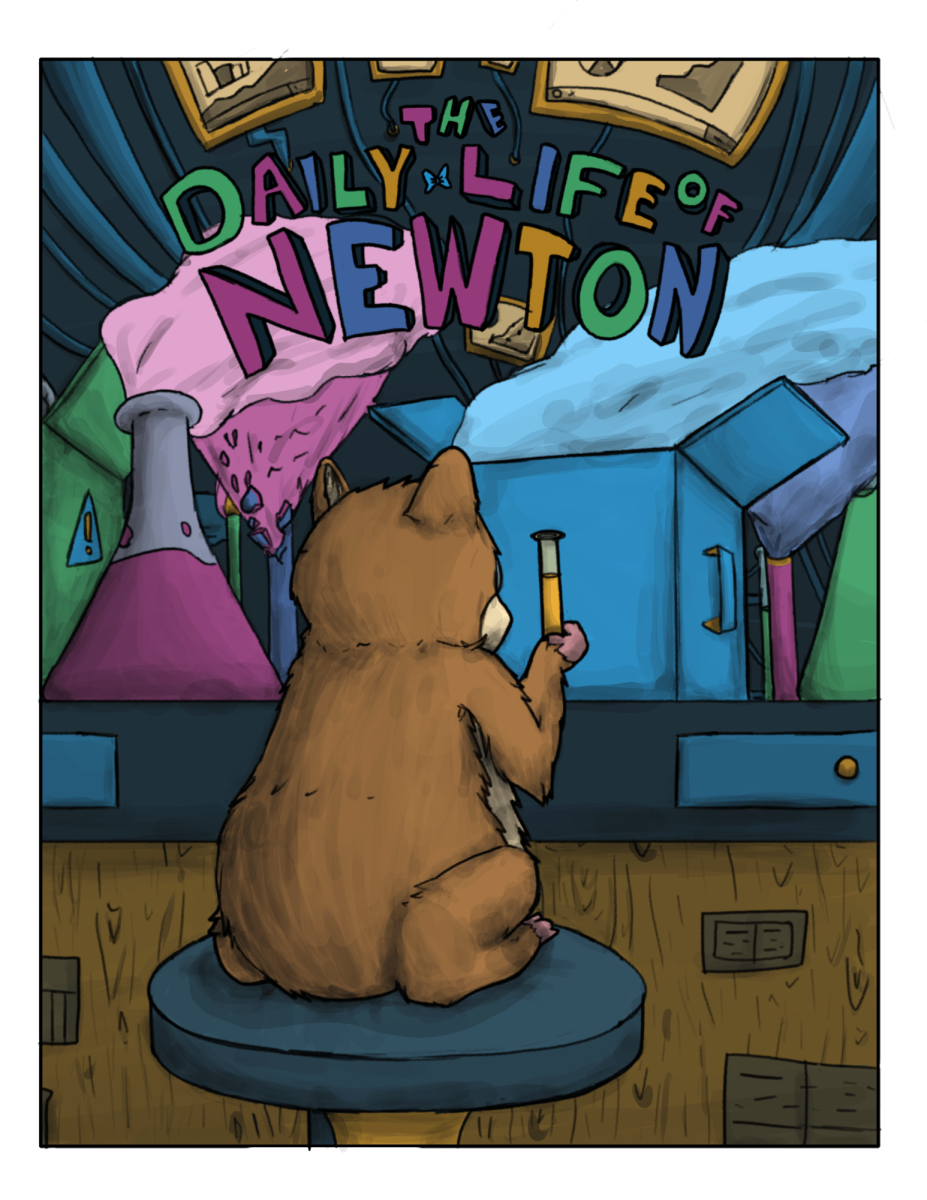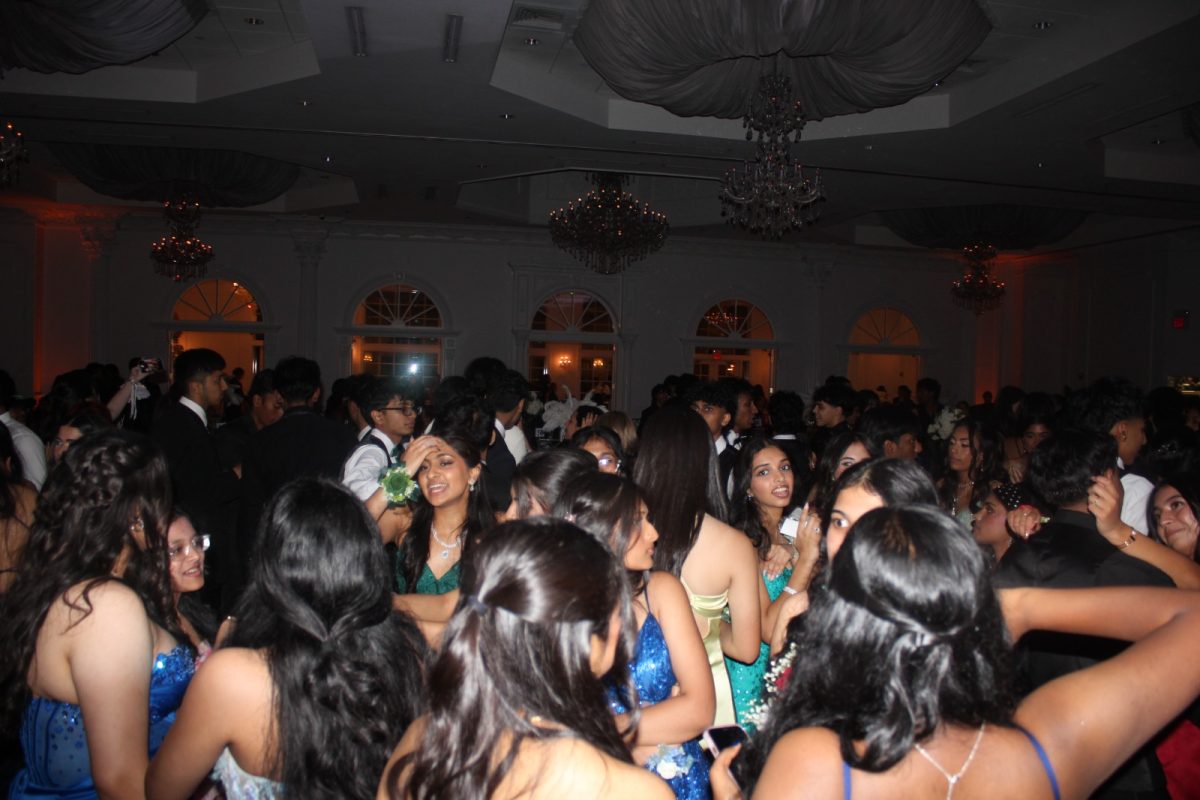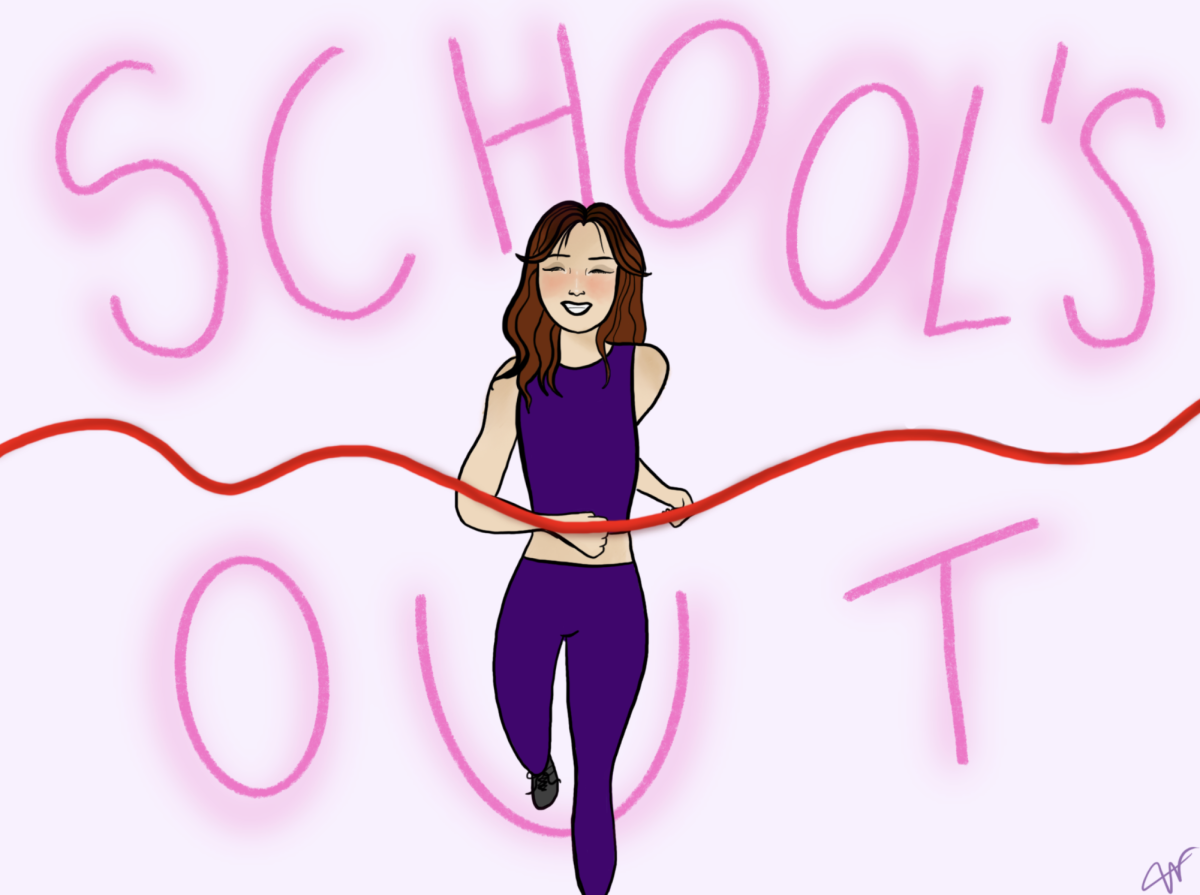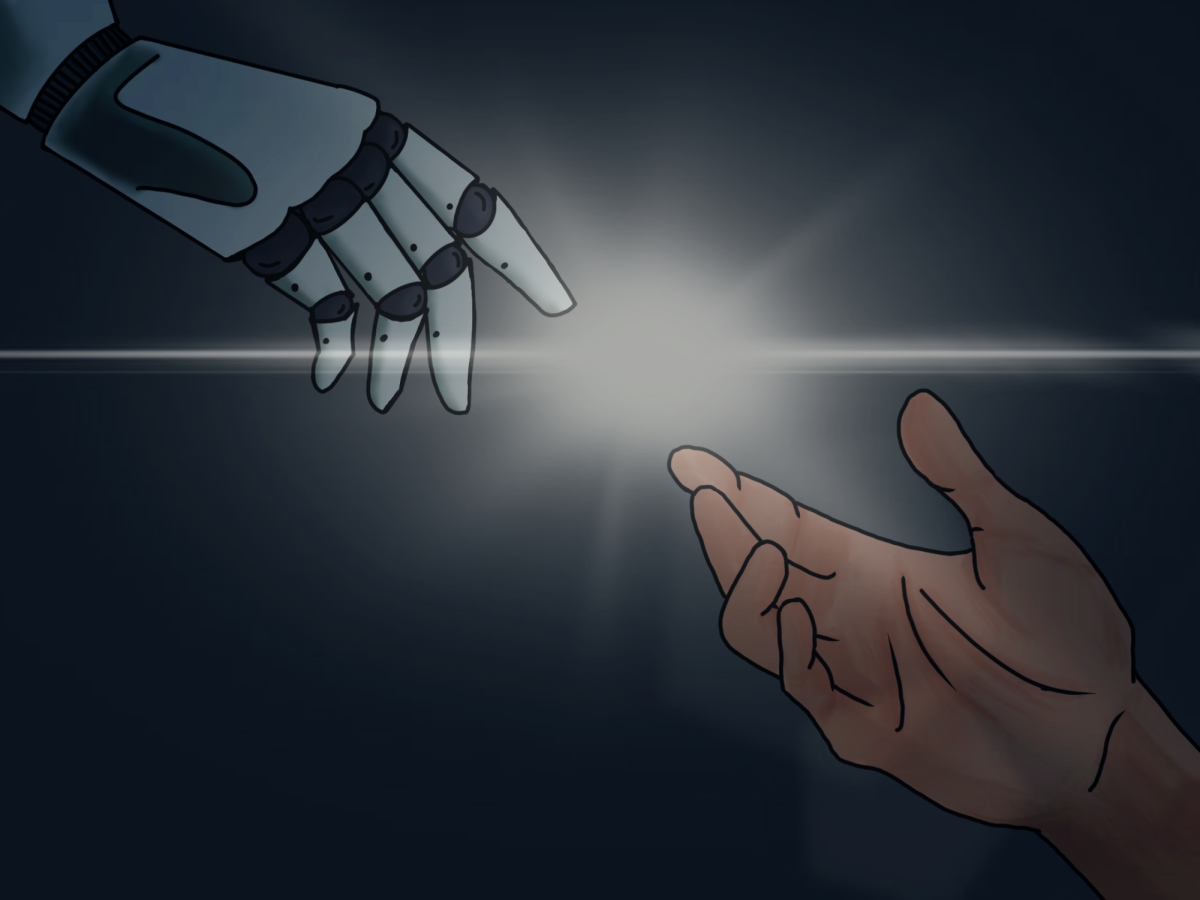Before a caterpillar can transform into a butterfly it goes through a period of ten days in which it is encased in a chrysalis that fosters its growth. Numerous living things transform from the transformation of a caterpillar into a butterfly to the flowers blossoming every spring; of course, humans are no exception. During the years connecting the adolescent years to the adult years, teenagers form their own “chrysalis” allowing them to blossom and emerge as the adult they need to become in society. These years have always been a defining stage in life and in more modern times has developed into an inspiring time commonly portrayed in the media: coming-of-age.
Coming-of-age in the media is characterized by themes like loss of innocence, growth, understanding, and self-acceptance. Generally, the story being told initially starts off with hardships but the young character learns from them and emerges better from them. Coming-of-age movies, TV shows, and books bring out a sense of nostalgia from its audience through the raw relatability of the subject for those who understand the turmoil that young people go through when finding themselves. Throughout decades, coming-of-age presents this real representation of what it’s like to be a teenager, highschooler, and/or young adult in that time. Lucy Montgomery’s 1908 novel Anne of Green Gables is an iconic coming-of-age story that has proven timeless over the past century. The novel centers around a book smart, awkward orphan girl who gets adopted in a place foreign to her and grows up in a new town where she learns so much about herself through the society she is surrounded by despite already being established as a smart character. Montgomery was able to use coming-of-age to incorporate themes of love, identity, friendship, growth, culture and more by writing about a teenage girl finding herself.
Coming-of-age stories explore controversial concepts that are rooted in their teenage perspective, often misunderstood by adults. The stories show empathy towards young rebellion, young mistakes and adult dysfunction. The parts of teenage life that many would choose to forget are represented by the coming-of-age concepts. Through this, the coming-of-age genre remains true to teenagers by prioritizing their story. Lady Bird directed by Greta Gerwig in 2017 follows a teenage girl on her path, navigating the many relationships in her life. It shows intimate but hard familial connections, romantic relationships, and friendships. A large theme is represented through Lady Bird’s stained relationship with her mother and the mistakes her mother makes when raising her. While many adults watching may see Lady Bird as a rebellious child who can’t listen to her mother, for many teens the story is of a young girl who has never felt understood at home so acts out in order to make others see her. Despite her troubles, watching the young girl become a woman and be able to love herself despite the lack of love that is given to her is inspiring to many who can understand.
In history, coming-of-age began as a concept to describe a sexist societal expectation instead of what it has blossomed to today. Sweet 16, quinceaneras, cotillions, debutante balls, bat mitzvahs, and more were framed in a way in order to prioritize marrying off a young girl to her male, likely much older, counterpart. Over time these large social gatherings have morphed into parties celebrating the culture, history, and life of the young girl that the party is for. Furthermore, coming-of-age has also grown into a concept that is relevant to men and not just women. Initially, young men were not seen as ready for marriage and instead young girls would get married to older men because they were higher up in the social pyramid. But, as the years have gone by, adolescent men have also been honored when it comes to coming-of-age. The movie Rez Ball directed by Sydney Freeland Follows a team of Native American boys working to win their district basketball tournament. The team goes through many hardships; however, the movie is able to portray the boys as a bunch of children finding love for their sport through their culture. Rez Ball is a classic example of both coming-of-age being a representation of cultural development and the inclusion of men into the coming-of-age genre.
Coming-of-age, although taking many forms and having many roots, is a tradition that is important for society to keep on promoting and prioritizing. The concept of finding yourself in culture, history, and current society is important to the development of young adults today. Coming-of-age is able to connect to an audience that is untapped and unseen in many other social settings. The media has fostered a safe space that demonstrates the positivity that can be spread from the media when given the right motivations. Whether it be Thirteen or The Edge of Seventeen, the media has crawled into the hearts of teenagers, creating an environment where the young people in society can blossom, bloom, and become.


